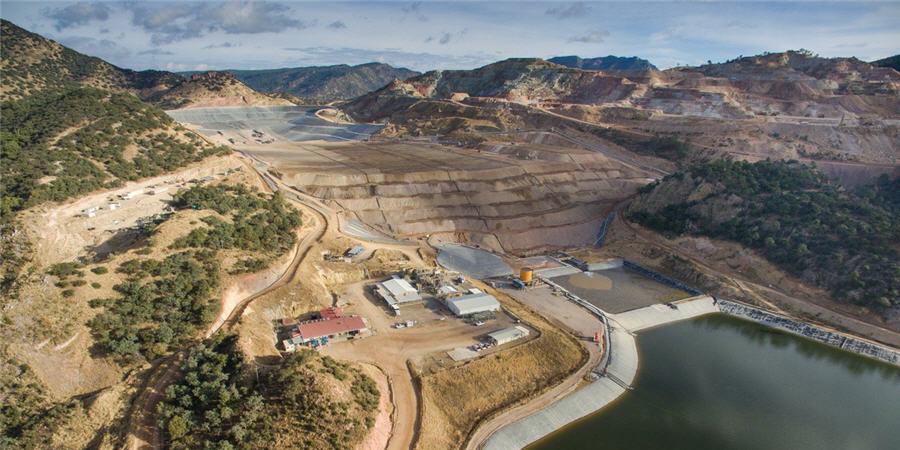
If push comes to shove, one of the world’s largest gold miners is prepared to do an end run around the U.S. should President Donald Trump’s threatened tariffs on Mexican goods bite.
Agnico Eagle Mines Ltd. currently produces about 300,000 ounces of gold in Mexico that it refines in the U.S., all of which would likely be subject to the proposed tariffs, Chief Executive Officer Sean Boyd said Wednesday. But he already knows how he’d respond to potential levies.
Agnico Eagle Mines Ltd. currently produces about 300,000 ounces of gold in Mexico that it refines in the U.S.
“It’s not expensive to fly a bar of gold,” Boyd said in an interview at Bloomberg’s Toronto bureau. “We would just refine it somewhere else. We could easily bring it to Canada.”
Meanwhile, the Toronto-based company, Canada’s second-largest gold miner, is reaping some benefits from U.S. isolationism. Global trade jitters have strengthened the U.S. dollar at the expense of the Mexican and Canadian currencies, significantly reducing Agnico’s costs, he said.
In the hour-long interview, Boyd discussed a wide range of issues, from consolidation in the gold industry to the succession plan for a company he has helmed for more than 20 years.
Despite two mega-mergers in the gold space in the past year, Boyd has no interest in large M&A and believes most consolidation will happen between companies with market values of $1 billion to $3 billion. He’s not worried about any of the world’s giants making a run at Agnico and says he doesn’t waste time looking over his shoulder. Instead, he plans to focus on running his existing portfolio while looking for small acquisitions in safe jurisdictions.
Gold equities, which have underperformed spot gold prices in the past year, are on the verge of a breakout, Boyd says. That’s one point he’s been making while actively wooing high-wealth European generalist investors recently, meeting over lunch one day in Vienna and dinner in Monaco. The current rally in gold prices isn’t about tariffs, he says, but rather the build-up of a number of factors, including a “tired” stock market, “wobbly” economic growth, and rising sovereign debt levels around the world.
Resistance has been strong at $1,360-$1,370 an ounce of gold; Boyd believes it will take a cut in U.S. interest rates to propel the market above that level. “Gold came out of the chute in early 2016 and investors showed up again and the equities took off,” he said. “We could be at that point now.”
With cash flow set to ramp up, Agnico will be able to continue its 36-year streak of dividends, but the company will also take a look at its balance sheet, Boyd said. “We have debt maturing so we’ll pay that as we come due.”
The next major tranche — about $360 million — at roughly 6.6% interest is due in April 2020, he said. “It would be nice to reduce that because we could go to the market today and get 4.5%, for 10- to 15-year money.”
In a high-risk sector characterized by ups and downs, Boyd stands out for his longevity. The 60-year-old has helmed Agnico for more than 20 years and worked for the miner for 34.
“At some point I’ll become chairman,” he said, noting that an internal succession plan has been in place for four years. There is no date for that transition, he said, but it won’t be soon.
The opportunities in Canada’s North are enormous, but the country’s leaders need to have a conversation about how committed they are to fund projects. “There’s certainly not a clear signal from the federal government on resource development,” Boyd said.
As global warming makes the region more accessible, Canada would do well to secure its sovereignty claims through its natural resources, he said.
“If we want to have a say on how the North develops, and how the North is used and utilized, we’d better have a presence there,” Boyd said. “And the best presence would be businesses.”
(By Danielle Bochove)